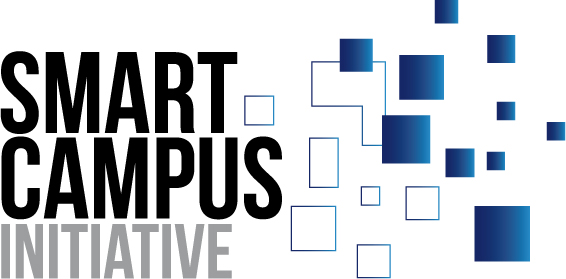Automation in green maintenance
Development of approaches for future-oriented green maintenance through sensor technology and robotics
Duration: December 2020 – December 2021

© AdobeStock_manhattan001
Contact person

Marvin Stölzle
E-Mail: marvin.stoelzle [at] iao.fraunhofer.de
Phone: +49 711 970-5257
The work in green maintenance is determined by frequently repeating tasks, such as mowing the lawn or watering the plants. Either these tasks are carried out in a regular rotation, or the need to perform them is determined by a visual inspection on site. In the former approach, tasks are often performed too often, or too infrequently. In the latter, visual inspection takes additional time. By using sensors, visual inspections can be replaced and work can be planned according to demand.
In addition, green care staff face an increasing workload, for example due to an increased need to water plants in the wake of climate change. To relieve them, tasks can be automated through the use of robots, such as robotic mowers.
Through several interviews with experts from municipal green maintenance, the current status of digitalisation in green maintenance as well as starting points for automation are determined. For this purpose, particularly repetitive and time-consuming tasks are identified. It will be examined for which tasks the current need for action can be determined by sensors and which tasks can be automated by robots.
Initial solutions with sensor technology and robotics are being developed and prototyped. These prototypes can be used for green maintenance on the Bildungscampus. Through this, the developed systems can be tested and the campus benefits from optimised maintenance. In addition, this approach leads to a reduced carbon footprint, as employees only have to go out when needed.
The solutions developed here and tested on the Bildungscampus can be applied beyond the campus, especially in municipal green maintenance. The employees there are already frequently exposed to a high workload and are often open to automation solutions.
